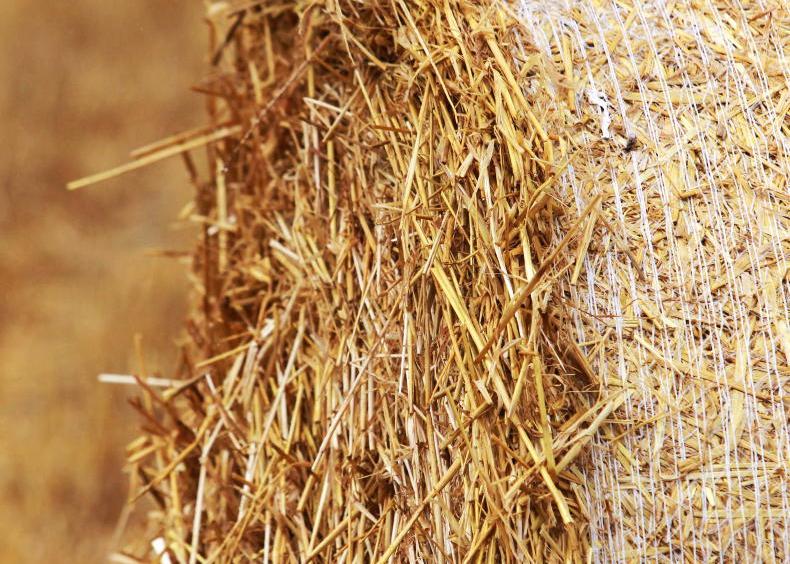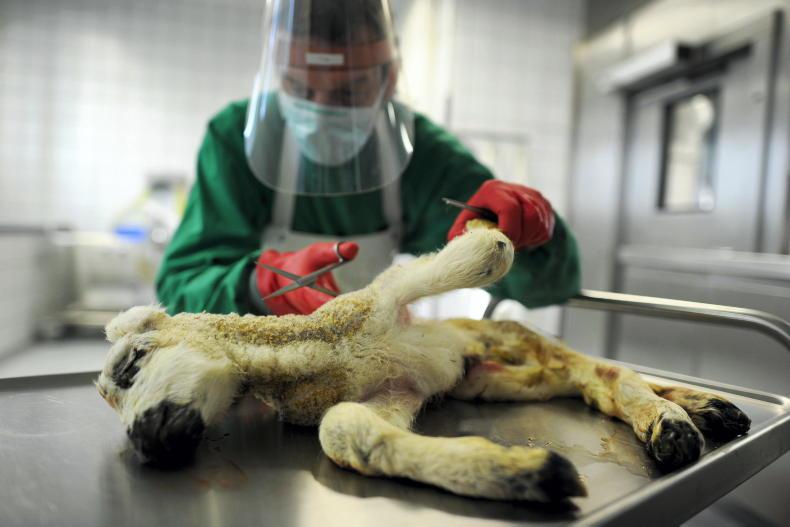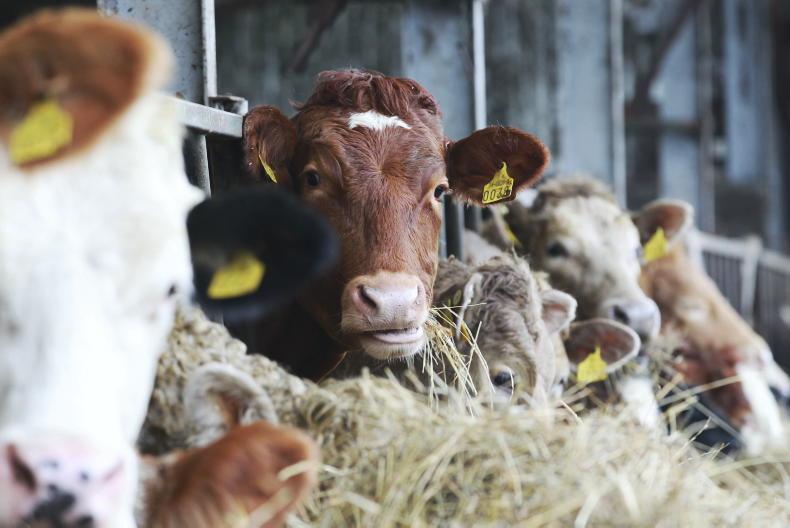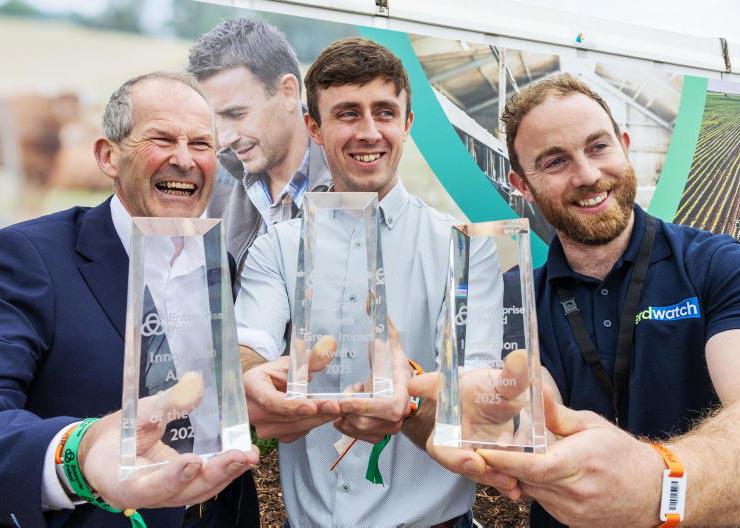We got the last of the scanning done in the middle of January.
I am a lot happier with this year’s results as the number of barren ewes from the central progeny testing (CPT) part of the flock has been reduced considerably from what it had been over the last few years.
Overall, the flock has scanned with 3.47% empty, with varying rates between all the different breeding groups.
The lowest rate, at 1.9%, was in a batch bred to predominantly mature rams. At the other end at 6% was the laparoscopic AI group of ewes.
I took the opportunity to assess some of the grass covers across the farm
The ewes in-lamb have a litter size of 1.99, due to the increase in ewes carrying twins and a slight reduction in the number of triplets and singles.
The weather for the last month has been fantastic, giving lots of opportunities to get repairs done to the fences around the farm. While we were at this, I took the opportunity to assess some of the grass covers across the farm.
I hope to start taking some actual grass measurements on a more regular basis this coming month. I will take the opportunity of any good ground conditions to get some slurry spread on the farm from a neighbouring pig unit.
This will be targeted at fields with a need for extra P and K from the latest soil samples, which were taken here lately, along with any fields that had silage taken from them last summer. I will start spreading some urea to some of the fields later this month or early March.
We have started to administer the clostridial booster to the mature ewes
Depending on weather conditions at the time, I will do this on a phased basis across the farm rather than blanket spreading the whole farm at once. I will be starting with the fields that I hope to be getting stock out to first at a rate of 23 units of N per acre.
We have started to administer the clostridial booster to the mature ewes. This is done on a phased basis according to when the ewes are due to lamb. Ideally, they should be given four to six weeks out from the expected lambing date, to leave enough time for the ewes to produce the antibodies for passive immunisation of lambs through their colostrum.
We would normally clean out some of the pens in the shed as the ewes are being injected, but due to the later than normal housing and the drier weather, the pens have had little build-up yet, so we will only have a few to clean out prior to lambing this year.
Any ewes that are lame will be marked and treated
As the ewes are going through the handling unit, we will put them through the footbath too. Any ewes that are lame will be marked and treated. I will move all these ewes into a different pen to help to reduce exposure to the other ewes in the shed.
Any ewes that are still lame after lambing will be run separately until recovered, with those that don’t recover removed from the system.
I also take the opportunity to identify ewes that are not in a reasonable body condition score and pen them together to receive some extra feeding. This will prevent any additional losses in BCS prior to them lambing.
The ewes carrying three or more lambs in the repeat group are still outside on the rape with the other repeats
All the ewes in the two main batches that are carrying three or more lambs are receiving meal at this stage. They will be brought up to 0.6kg of nuts, along with a TMR of high-quality silage and soya by the time they are due to lamb.
The ewes carrying three or more lambs in the repeat group are still outside on the rape with the other repeats. I will separate them out closer to their due date and start supplementing them with nuts at that point.










SHARING OPTIONS